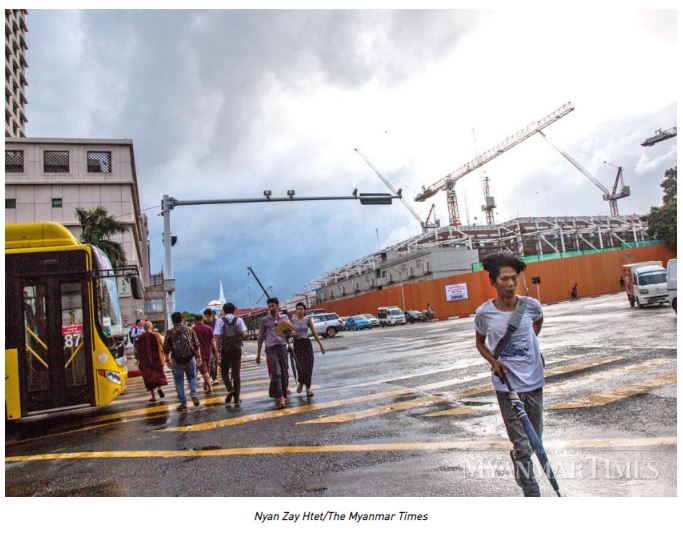Myanmar: Microfinance growth expected to drive higher financial inclusion
Efforts are being made to raise the rate of financial inclusion in the Myanmar. Under the Myanmar Financial Inclusion Roadmap for 2019 to 2023, authorities are working with the UN Capital Development Fund (UNCDF) to raise the percentage of the population covered by the financial sector to 60 percent from 48pc currently, said Willian Naing, national officer at the UNCDF, during the Microfinance Success Asia event in Yangon on Tuesday.
By 2023, the aim is to increase the percentage of households with access to formal bank accounts to half from a quarter currently. Over the period, more will also be done to raise formal financial inclusion for farmers to 60pc from 52pc and for employed individuals to 60pc from 51pc, Mr Naing said.
One of key contributors to expanding the rate of financial inclusion is microfinance. Over the past five years, the sector has grown by 260pc, with borrowers mainly using the funds for living expenses or to start or expand their businesses, Mr Naing said. He noted though, that while international microfinance institutions (MFIs) have flourished in Myanmar, local MFIs have had a harder time expanding.
Daw Phyu Yamin Myat, Managing Director, Myanmar Development Partners Co. Ltd, and a member of the Myanmar Microfinance Association leadership team, said in her opening speech this is because “Myanmar’s microfinance sector is comparatively young and is managed under one regulatory department,” with the Microfinance Law introduced only in 2011.
She said most local MFIs began operations in 2012. “In 2013 and 2014, international investors and bigger players entered the market. While we are a young industry, we have [nevertheless] grown fast and we are at the stage where the regulator is asking ‘Are we growing too fast?’
She added that the industry “has to grow fast due to demand in the country. In 2011, 25pc of the population was living under the poverty line. That is the population that microfinance players are targeting to offer services. Currently, there are 3.4 million clients in our sector and access has grown to K350 billion,” she said.
The industry is expected to continue expanding. On Monday, Proximity Finance, the microfinance arm of Yangon-based Proximity Designs, a social enterprise outfit, signed a K5 billion back-to-back funding agreement with Yoma Bank in a move to expand micro-lending to smallholders.
Last month, the Ministry of Planning and Finance also reduced interest rates for microfinance loans and compulsory saving to encourage growth in the sector. Under Directive (1/2019), the ministry amended the interest rate where a loan of K100 monthly will now be charged K2.30 and the yearly maximum interest rate will be 28pc. The previous rate was K2.50 for a K100 monthly loan and the yearly maximum interest rate was 30pc.
Mr Naing noted that the size of the loans will also be increased to K10 million from K1 million –K5 million currently and urged greater specialisation of microfinancing products such as loans for emergencies, basic needs and agriculture.
He added that financial technology and mobile solutions will help microfinance grow exponentially. By 2023, UNCDF expects at least a quarter of the population to be actively using digital financial services for their financing needs.
Source: https://www.mmtimes.com/news/microfinance-growth-expected-drive-higher-financial-inclusion.html


 English
English




